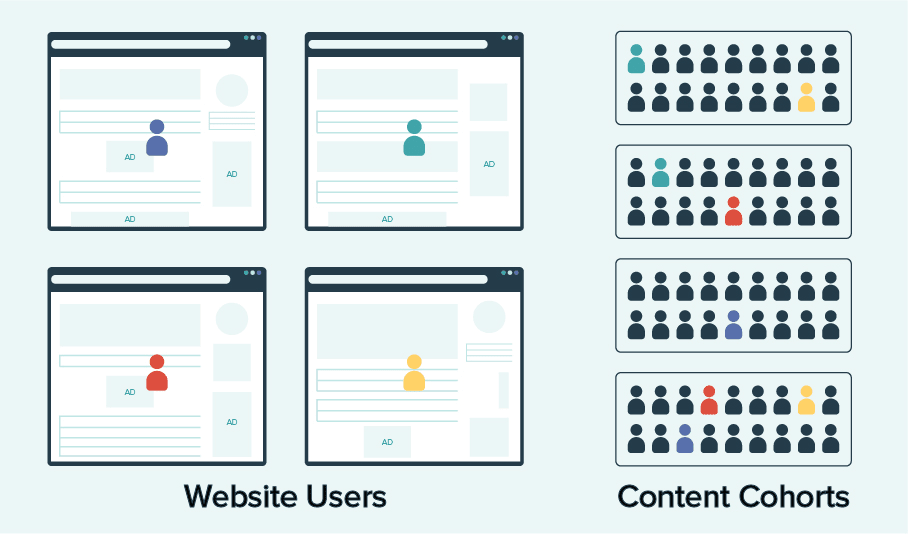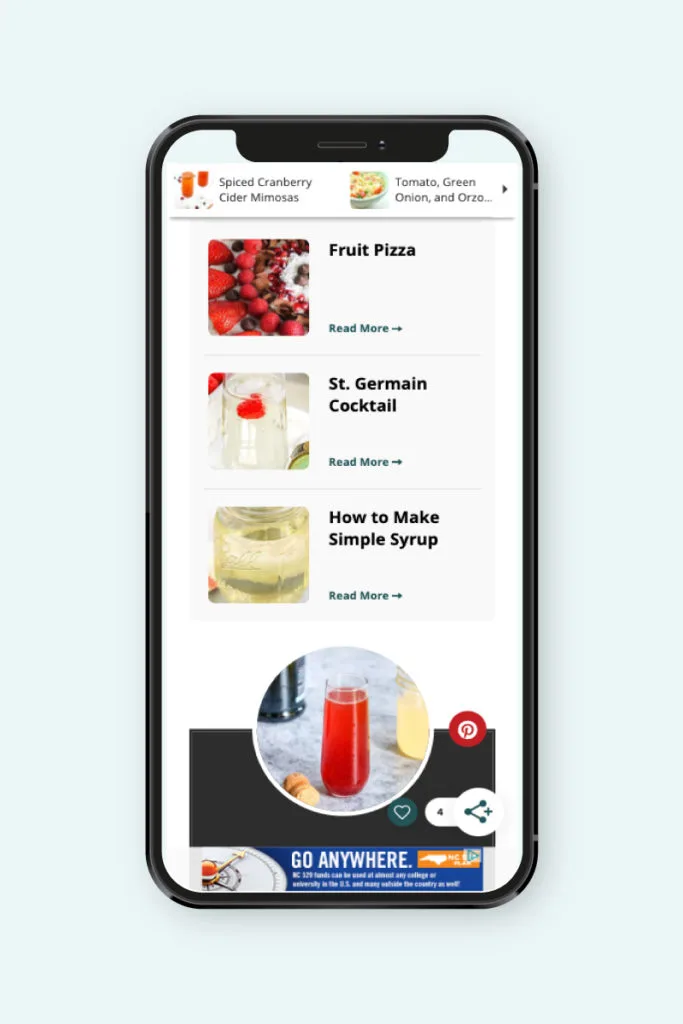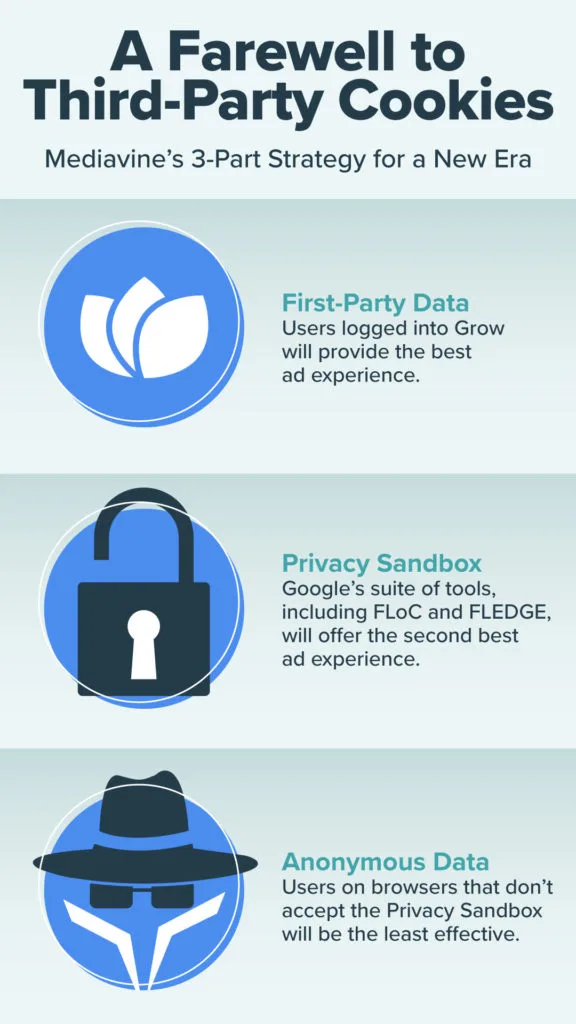Grow FLoC Testing Underway at Mediavine


The end of the third-party cookie is near for Chrome as Google looks to replace much of their functionality with avian-themed solutions. Third-party cookies were for the birds all along!
Ornithological jokes aside, Google’s Privacy Sandbox is a series of tools designed to bridge the gap between user privacy and personalized ad targeting in a post-cookie world.
The first solution to begin testing at the end of March was FLoC, or Federated Learning of Cohorts.
Google’s goal with FLoC is to group users together into anonymous cohorts based on the websites and content they browse while still preserving those users’ privacy.
Put another way, FLoC will allow for readers to be presented with personalized advertising and/or content based on their interests without individually tracking them.

You can read more about how these cohorts achieve this delicate balance in our breakdown of FLoC.
In terms of its effectiveness, Google believes it to be encouragingly high. The company says FLoC is 95% as good at converting users as third-party cookies are today.
Like everyone else in the industry, we have a lot of questions. Unlike the rest of the industry, Mediavine isn’t willing to sit around and hope they get resolved by someone next year.
We wanted to answer them. Now.
That’s why Mediavine is already testing FLoC — in the real world, right now. As far as we know, we’re actually the first true, real-time test of this technology, before even Google itself.
How is that possible?
As our first-party data solution and our path forward in an ecosystem without the third-party cookie, Grow was an obvious and natural fit to use for testing.
Remember, first-party data and relationships aren’t limited to advertising. In fact, this is what powers one live and powerful feature of Grow today: Recommended Content.
The Recommended Content feature of Grow uses machine learning to personalize suggested articles to logged-in users based on their browsing behavior.
Here’s Grow’s Recommended Content feature in action:

Of course, most users aren’t logged in. For anonymous users, we use a Netflix-style recommendation, based on what other readers were likely to enjoy after reading an article.
But what if we could add a third option: offering recommendations based on the cohort that FLoC put you in? It would almost be like the user logged in, except the entire cohort did. Sort of.
Translation: Think of cohorts as groups of users similar to you.
If you like browsing articles about gluten-free baking, then you might be placed in a cohort with other readers that read about gluten-free baking.
When we select content to recommend, we can see what other people in your cohort were likely to read about rather than the entire population.
Since members of your cohort enjoy similar articles, suggested content will be more personalized than if you were a regular anonymous user.
It won’t be as effective as if you logged in and received personal recommendations just for you, but it will be something. At least in theory.

Will it be 95% as effective, proving Google’s theory that FLoC can replace third-party cookies? If so, the content recommendations based on cohorts should be better than our anonymous, Netflix-style recommendations and nearly as good as recommendations for our most personalized, or logged-in users.
This is emblematic of our entire strategy to replace third-party cookies if you think about it:
That’s why testing FLoC is so important.
Although computers get faster and faster each year, machine learning still requires incredible amounts of data, or interactions, in order to, well, learn.
In other words, it appears the release of FLoC is happening very slowly.
Although Google reports that initial origin trials should be conducted on 0.5% of traffic, our findings are actually significantly lower.
We’ve only seen thousands of Grow readers come in with an assigned cohort. That’s a tiny fraction of a fraction of a percent, far below the millions that would comprise 0.5% of web users.
As Google increases that percentage over the coming months, Mediavine will be able to increase the amount of testing we’ll be able to do.
The exciting thing is that this test is live, and we’ll be the first third party (ironic, we know) to observe the performance of FLoC, live in the wild.
To use FLoC as a publisher? Nothing. Google designed FLoC to be handled entirely by the browser. Chrome itself will be what actually tracks readers, and will respect their privacy settings. We’ll simply be using Chrome’s built-in API for incorporating cohorts that are already being calculated and using them in Grow.
Once more for those in the back: Cohort and data collection are NOT done by Mediavine or Grow.
Even if you use a different ad management company, or aren’t running Grow, these cohorts will be assigned based on readers coming to your site.
If you don’t want Google to assign cohorts to readers on your site, Google has set up a way to opt-out via a http response header:
Permissions-Policy: interest-cohort=()Since this data is collected by Chrome browsers and not Mediavine, we can’t implement the solution that allows you to opt out; this will be the publisher’s responsibility. It’s also important to note that because of GDPR, Google has decided this will not run in the EU during initial testing.
Now, if you want to reap the benefits of FLoC in all its testing glory? Mediavine publishers should turn on Grow + its Recommended Content feature in their Dashboard and see if the improved suggestions fly (sorry).
If FLoC soars (double sorry) and meets Google’s high expectations, we can begin using similar methods to construct better targeting for advertisements with Grow.
In any case, these findings will be exciting beyond Mediavine or Grow. This will be important validation for one of the first models of a new, privacy-centric web.
Can we usher in a new generation of advertising solutions that protect users’ privacy in this changing world? We certainly think so, and we’re excited to help pave the way.
If you have questions about Grow, don’t hesitate to reach out. Email us at grow.me@mediavine.com. We build our products based on your feedback and recommendations, and we’re always here to listen.
Stay up to date with the latest from Mediavine
Welcome to the much-anticipated release of the fifth-annual edition of “The Best eCPM Days of the Year” calendar. Each year, we analyze historical trends to provide publishers with a graphical …
“Let’s talk about politics.” We know. This is a phrase absolutely no one wants to hear uttered around the dinner table or backyard barbecue these days. But hear us out. …
Ah, July. It’s a glorious month of sand-filled swimsuits, mosquito invasions, broken air conditioners and applying sunscreen only to look like cooked lobsters. It’s also the start of a new …